MARKET OVERVIEW
The global organic erythritol market has been gradually carving itself out within the broader market for natural sweeteners, a self-contained category driven by authenticity and clean-label forces. Organic erythritol will be an exception to conventional sugar replacers, continuing to be a crossroads between consumer health consciousness and sustainability, pioneering a cleaner product landscape in the decades ahead. This market won't only highlight the value of plant-based production processes but also force brands to rethink their method of addressing sustainable sourcing practices. With food ingredient conversations becoming increasingly sophisticated, the international organic erythritol market will break beyond specialty consumer bases.
It will draw interest from major food and beverage corporations recognizing the importance of organic certification in maintaining trust and quality. From small industries to multinational corporations, producers will look for novel uses outside of beverages and baked goods, blending organic erythritol with functional nutrition, sports nutrition, and pharmaceuticals. All this diversification will do is increase its suitability and drive penetration in the market. Organic erythritol will find itself at the heart of technology and agriculture ever more so. Producers will look for ways to maximize fermentation methods and implement traceability systems that ensure quality and ethical sourcing.
This technological change will impact consumer behaviors, placing the product not only as a sweetener but as a value-driven choice aligned with ecological values. At the same time, regulatory frameworks will adapt to allow for greater emphasis on organic certifications, ensuring an orderly framework for international trade and uniform labeling practices. Regionally based diversities will shape the response of the global organic erythritol market to divergent consumer tastes in the near term. North America will persist in its leadership through early and widespread adoption, as well as through education-based campaigns initiated by brands. European markets will grow incrementally as consumers continue to seek clean and organic alternatives. Asia, fueled by rapidly changing economies and expanding wellness movements, will be influenced by significant growth opportunity, particularly in countries that are developing organic certification standards. Brand narrative will be increasingly important, as companies vie to share the source, purity, and sustainable story of their products. Packaging, digital marketing, and direct-to-consumer platforms will be key in creating loyalty and establishing trust with discrimination-savvy buyers. The people who will succeed are the ones who will remain agile, aware that room for organic sweeteners justifies innovation and openness above all else. The global organic erythritol market will not be limited to product innovation. Inter-industry collaborations, from health-tech platforms to chefs, will transform how consumers interact with the ingredient. While research and development continue to open up more functional uses, organic erythritol will evolve beyond being a simple sugar substitute to the core of the nutrition plans of the future.
Forward, the global organic erythritol market will be an integration of health, technology, and sustainability. Its future will be determined by shifting consumer values, rigorous quality demands, and unflinching pursuit of authenticity, making it a significant player in the natural sweeteners market.
Global organic erythritol market is estimated to reach $1,150.66 Million by 2032; growing at a CAGR of 11.3% from 2025 to 2032.
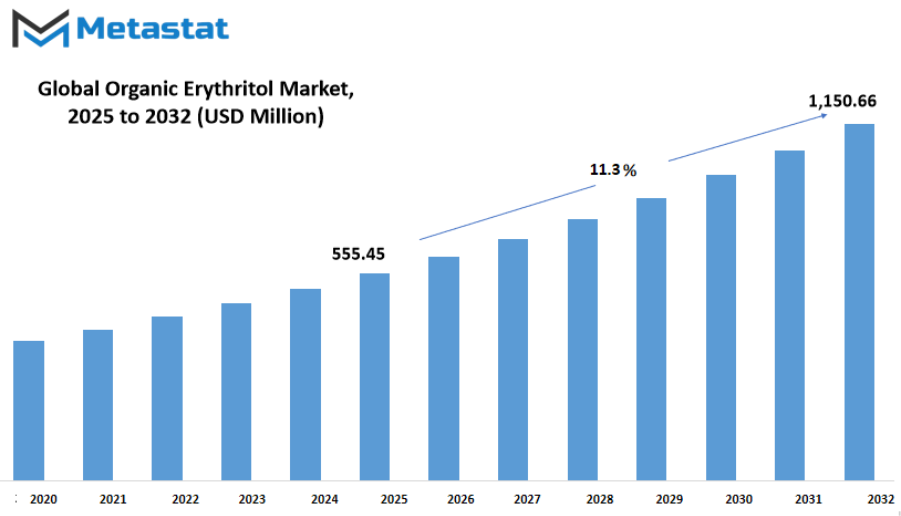
GROWTH FACTORS
The global organic erythritol market is expected to witness steady growth in the coming years as more industries and consumers turn toward natural and healthier alternatives. With rising awareness about the negative effects of high-calorie sweeteners and artificial additives, the demand for low-calorie, naturally derived options is increasing at a notable pace. This shift is largely driven by a growing focus on health and wellness, encouraging manufacturers to innovate and invest in better-quality organic solutions that meet consumer expectations.
One of the key factors driving this growth is the increasing demand from diabetic and health-conscious groups. Erythritol, being a low-calorie sweetener that does not significantly affect blood sugar levels, is emerging as a preferred choice in food and beverage formulations targeting these populations. The trend of adopting sugar substitutes in daily consumption is expected to become stronger as healthy lifestyles gain more importance globally. This will continue to create consistent opportunities for manufacturers to introduce new products that align with consumer needs.
Despite this positive outlook, certain challenges may slow the pace of growth. Production costs for organic erythritol remain higher when compared to traditional sweeteners, which can limit adoption in price-sensitive markets. Additionally, taste and texture differences in specific food applications can create barriers for wider use, particularly in products that rely heavily on the sensory experience of traditional sugar. Overcoming these limitations through technological advancements and improved formulations will be key to sustaining growth in the coming years.
Opportunities for expansion are also emerging with the rising popularity of organic and clean-label products. Brands across the food, beverage, and personal care industries are increasingly adopting organic erythritol to meet the growing preference for transparent labeling and naturally sourced ingredients. This shift presents significant potential for companies willing to invest in research, innovation, and marketing strategies that highlight the benefits of this sweetener.
Looking ahead, the global organic erythritol market will likely benefit from advancements in production techniques that aim to reduce costs and improve efficiency. The development of more versatile formulations could also expand its application across a broader range of products, from confectionery and bakery items to beverages and supplements. As health awareness continues to grow worldwide, and as sustainable production practices gain more attention, organic erythritol is positioned to play a key role in shaping the future of the sweetener industry, offering both consumers and manufacturers a natural, low-calorie alternative that aligns with the demand for healthier living.
MARKET SEGMENTATION
By Form
The global organic erythritol market is gaining attention as demand for healthier and cleaner sweetening solutions continues to grow across various industries. With rising awareness about the negative effects of artificial sweeteners and refined sugars, more companies are looking at organic alternatives to meet consumer preferences for natural and safe products. This shift is driving consistent growth and innovation in the market, positioning organic erythritol as a key ingredient for future developments in the food, beverage, and pharmaceutical industries.
The market is projected to expand steadily, fueled by increasing health-conscious behavior and the need for low-calorie sweeteners that do not compromise taste or texture. Organic erythritol stands out because it delivers sweetness without causing a spike in blood sugar levels, making it an ideal option for diabetic-friendly and weight-management products. Its clean label appeal also supports the rising demand for transparency in ingredients, especially among younger consumers who carefully check product labels before making purchases.
The global organic erythritol market by form is further segmented into granular and powdered types. Granular organic erythritol is commonly used in baking and confectionery applications due to its ability to mimic the texture of sugar while maintaining stability during cooking and heating processes. Powdered organic erythritol, on the other hand, finds extensive use in beverages, sauces, and powdered mixes, where quick solubility and smooth consistency are required. Both forms are expected to experience steady demand growth as manufacturers continue to diversify their product lines to cater to different application needs.
Technological advancements are likely to shape the future of the global market. Innovative production processes aimed at improving efficiency and reducing costs will make organic erythritol more accessible to both businesses and consumers. Sustainability will also play a major role, with manufacturers focusing on eco-friendly sourcing and production practices to align with global environmental goals.
Looking ahead, the market will benefit from increased research and development efforts aimed at expanding applications beyond traditional sectors. Functional foods, health supplements, and even skincare products are exploring the use of organic erythritol due to its versatile properties. The expansion of online retail platforms and improved global trade logistics will further boost accessibility and availability, making it easier for small and medium-sized businesses to enter the market.
As consumer demand for natural and health-focused products continues to grow, the global organic erythritol market will remain a significant part of the future of sweetening solutions. With a combination of rising health awareness, technological innovation, and expanding applications, this market is positioned for sustained growth and long-term relevance in the global food and beverage landscape.
By Application
The global organic erythritol market is gaining significant attention as demand for healthier and more natural ingredients continues to grow across various industries. This market is being shaped by a combination of changing consumer preferences, technological advancements, and a stronger focus on sustainability. With rising awareness about the harmful effects of excessive sugar consumption, organic erythritol is becoming a preferred choice for industries looking to meet the need for clean-label and low-calorie products without compromising on quality or taste.
By application, the global market is divided into food and beverages, bakery and confectionery, personal care and cosmetics, dairy products, dietary supplements, pharmaceuticals, and other specialized uses. The food and beverages segment is expected to maintain a strong position, driven by the rising production of low-sugar drinks, functional beverages, and natural sweetened snacks. The bakery and confectionery sector is also seeing notable growth, as organic erythritol allows manufacturers to create healthier alternatives to traditional baked goods and candies while maintaining the desired sweetness and texture.
In personal care and cosmetics, the demand for organic erythritol is steadily increasing. Its natural origin and moisture-retaining properties make it an appealing ingredient for products such as skin creams, lotions, and oral care formulations. Within the dairy industry, the inclusion of organic erythritol is expected to rise as manufacturers develop reduced-sugar yogurts, ice creams, and flavored dairy drinks to cater to consumers seeking healthier indulgence. Dietary supplements are another key area, as organic erythritol serves as an effective sweetening agent for protein powders, energy supplements, and meal replacements without adding unnecessary calories.
The pharmaceutical sector is also exploring broader applications for organic erythritol. Its stability and compatibility with active ingredients make it suitable for sugar-free syrups, chewable tablets, and other medicinal formulations. Beyond these main categories, other uses are expected to expand, including niche products where natural sweeteners are preferred for clean labeling and regulatory compliance.
Looking ahead, the global organic erythritol market will continue to grow as innovation drives product development and as awareness of health and sustainability deepens. The integration of advanced manufacturing processes and efficient sourcing methods will likely enhance availability while reducing production costs. Market expansion is also expected in regions where awareness of natural sugar substitutes is still emerging, creating new opportunities for manufacturers and suppliers. As consumer behavior leans more toward balanced nutrition and environmentally responsible products, the market will remain a vital player in shaping the future of healthier and more sustainable industries worldwide.
By End Use Industry
The global organic erythritol market will show strong growth as demand across various industries keeps rising. By end use, the market is divided into Food & Beverages, Pharmaceuticals, Cosmetics & Personal Care, and Animal Feed, each set to shape the future in unique ways. Food and beverage makers will continue adopting organic erythritol as a natural sweetener because consumers want healthier choices with fewer calories. With more people moving toward sugar alternatives, the ingredient will be found in snacks, drinks, and bakery items worldwide.
In pharmaceuticals, the global organic erythritol market will support the making of sugar-free medicines and health supplements. As medical science advances, better-tasting and low-calorie formulations will be in demand, pushing companies to include organic erythritol as a safe option. Its role in products for diabetic patients will expand because the ingredient does not spike blood sugar levels, making it useful for long-term health solutions.
The cosmetics and personal care industry will also shape future growth. Organic erythritol will be used in skincare and oral care products because of its moisturizing properties and safe profile. As awareness about clean-label beauty products grows, manufacturers will use this ingredient to meet the need for chemical-free, sustainable solutions.
In the animal feed sector, the global organic erythritol market will help improve product quality by offering a natural additive that supports animal health. As farming practices move toward safer and more organic methods, demand for such ingredients will grow steadily.
Looking ahead, technology and research will improve production efficiency, making organic erythritol more affordable. New applications will emerge as industries explore innovative product designs to meet changing consumer lifestyles. Sustainability goals worldwide will further support this market since organic erythritol is plant-based and eco-friendly. With growing health awareness, changing diets, and progress in multiple industries, the global organic erythritol market will become an essential part of future product development, driving both economic value and consumer well-being in the coming years.
|
Forecast Period |
2025-2032 |
|
Market Size in 2025 |
$555.45 million |
|
Market Size by 2032 |
$1,150.66 Million |
|
Growth Rate from 2025 to 2032 |
11.3% |
|
Base Year |
2024 |
|
Regions Covered |
North America, Europe, Asia-Pacific Green, South America, Middle East & Africa |
REGIONAL ANALYSIS
The global organic erythritol market is projected to witness steady growth, with regional dynamics playing a vital role in shaping future trends. North America is expected to maintain a strong position due to rising demand for low-calorie sweeteners and increased awareness of healthy eating habits. The U.S., Canada, and Mexico are likely to drive growth in this region, supported by advanced food processing industries and a growing shift toward clean-label products. A higher adoption rate in beverages, bakery items, and sugar-free confectioneries will further strengthen the market presence across these countries.
Europe is anticipated to follow closely, supported by strong regulations promoting natural and organic ingredients. The UK, Germany, France, and Italy are projected to be key contributors, with rising consumer preference for plant-based and low-glycemic sweeteners fueling market expansion. The Rest of Europe is also expected to show consistent growth as smaller economies gradually adopt healthier alternatives in the food and beverage sector. Supportive government initiatives and an emphasis on reducing refined sugar consumption will likely create new opportunities across the region.
Asia-Pacific is projected to become the fastest-growing region in the global organic erythritol market. Countries such as China, India, Japan, and South Korea are witnessing rapid changes in consumer preferences, driven by increased health awareness and a growing middle-class population. The demand for organic and natural sweeteners in this region will rise as food and beverage manufacturers innovate to meet consumer expectations. The Rest of Asia-Pacific is also likely to see steady development, supported by expanding retail channels and greater availability of organic products. Investments in production facilities within this region will enhance supply capabilities, meeting the growing demand effectively.
South America is also showing potential for expansion, particularly in Brazil and Argentina, where health-conscious lifestyles are gradually becoming mainstream. With an increasing number of consumers seeking alternatives to refined sugars, the demand for products containing organic erythritol is expected to grow. The Rest of South America will also contribute, though at a moderate pace, as awareness campaigns and better product availability continue to shape market trends.
The Middle East & Africa region is likely to experience moderate but steady growth. GCC Countries, Egypt, and South Africa are leading this upward trend, supported by urbanization and rising disposable incomes. Efforts to address health concerns such as diabetes and obesity are likely to drive the adoption of organic erythritol-based products. The Rest of Middle East & Africa will follow this trajectory, with gradual but promising opportunities as markets expand and consumers shift toward healthier alternatives.
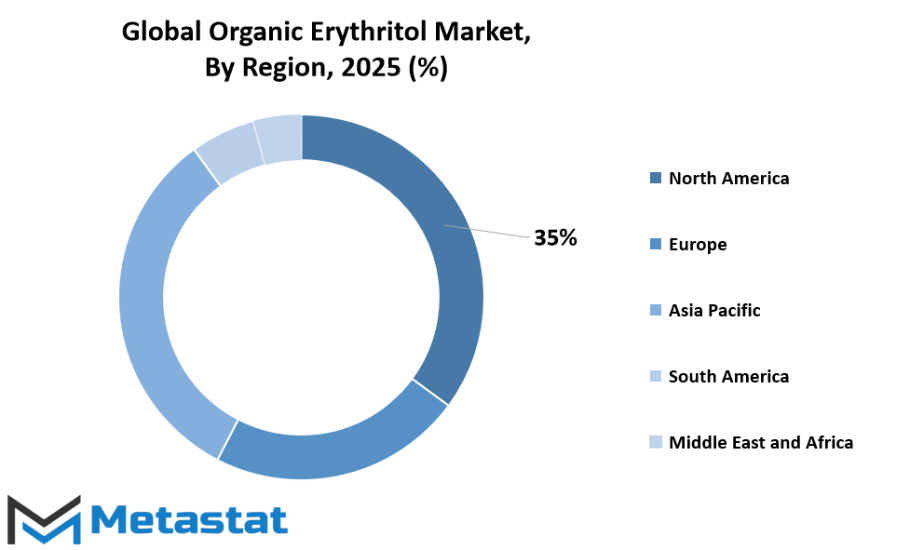
COMPETITIVE PLAYERS
The global organic erythritol market is gaining steady attention as the demand for natural and healthier sweetening solutions continues to grow. Driven by the shift toward low-calorie and sugar-free alternatives, this market will see consistent expansion in the years ahead. Consumers are becoming more conscious about the effects of refined sugar, which is encouraging food and beverage manufacturers to integrate natural sugar substitutes into their products. This steady transformation in consumer preference will keep the global organic erythritol market on an upward track.
The presence of strong competitive players will shape how this market evolves in the near future. Companies such as Pyure Brands LLC, Now Health Group, Inc., Delphi Organic GmbH, Nirvana Health Products, Anhui Keynovo Biotech Co., Ltd., OnlineOrganics, GLG Life Tech Corporation, Wholesome Sweeteners, Inc., Anthonys Goods, Whole Earth Sweetener Company LLC, Hangzhou Pekhill Foods Co., Ltd., and Day Natural are actively advancing product development and distribution. With these players focusing on expanding their global presence, improved supply chains and innovative product offerings will be at the center of market growth. These companies will continue to invest in research that enhances product purity, taste, and affordability, which will influence how effectively they meet rising consumer demands.
The global organic erythritol market will also experience progress as technology in food processing advances. Improved production techniques will make organic erythritol more accessible while maintaining high quality. This progress will likely lead to cost efficiency, making the product more appealing not only to large-scale manufacturers but also to smaller businesses aiming to cater to the growing health-conscious audience. The competitive edge will remain with brands that can deliver consistent quality while maintaining sustainable and transparent practices.
Future market trends will reflect a stronger alignment with consumer needs for cleaner labels and naturally derived ingredients. The popularity of organic erythritol in baked goods, beverages, and other processed foods will grow steadily as global health awareness strengthens. Major players will likely explore partnerships and collaborations that expand their market reach, allowing for broader availability of organic erythritol across both developed and emerging regions.
Overall, the global organic erythritol market will move forward with increasing speed as awareness of natural sweetening options expands. Continuous innovation, strategic partnerships, and a focus on delivering high-quality, sustainable products will be the factors that define the competitive landscape. The next few years will show how well these companies adapt to changing market demands while maintaining a strong presence in a sector that shows no signs of slowing down.
Organic Erythritol Market Key Segments:
By Form
- Granular
- Powdered
By Application
- Food And Beverages
- Bakery And Confectionery
- Personal Care And Cosmetics
- Dairy Products
- Dietary Supplements
- Pharmaceuticals
- Other
By End Use Industry
- Food & Beverages
- Pharmaceuticals
- Cosmetics & Personal Care
- Animal Feed
Key Global Organic Erythritol Industry Players
- Pyure Brands LLC
- Now Health Group, Inc.
- Delphi Organic GmbH
- Nirvana Health Products
- Anhui Keynovo Biotech Co., Ltd.
- OnlineOrganics
- GLG Life Tech Corporation
- Wholesome Sweeteners, Inc.
- Anthonys Goods
- Whole Earth Sweetener Company LLC
- Hangzhou Pekhill Foods Co., Ltd.
- Day Natural
WHAT REPORT PROVIDES
- Full in-depth analysis of the parent Industry
- Important changes in market and its dynamics
- Segmentation details of the market
- Former, on-going, and projected market analysis in terms of volume and value
- Assessment of niche industry developments
- Market share analysis
- Key strategies of major players
- Emerging segments and regional growth potential



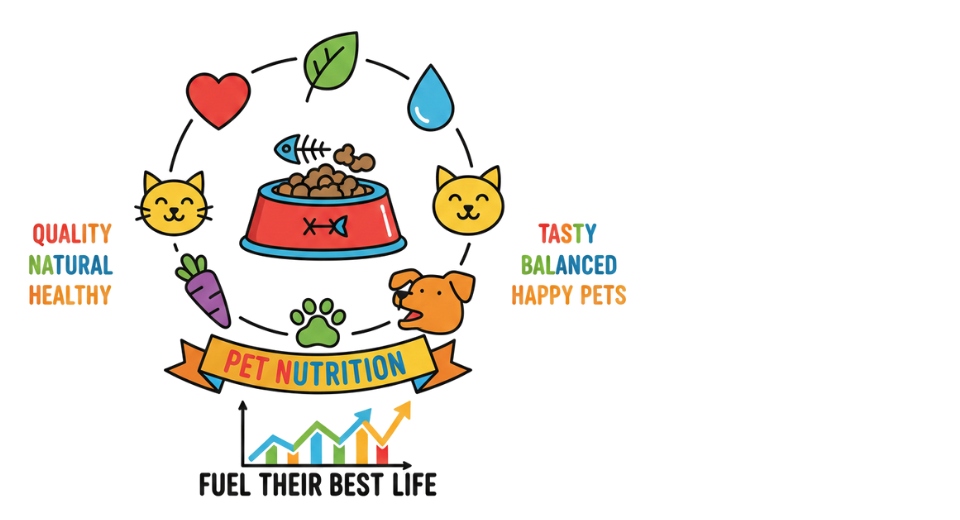
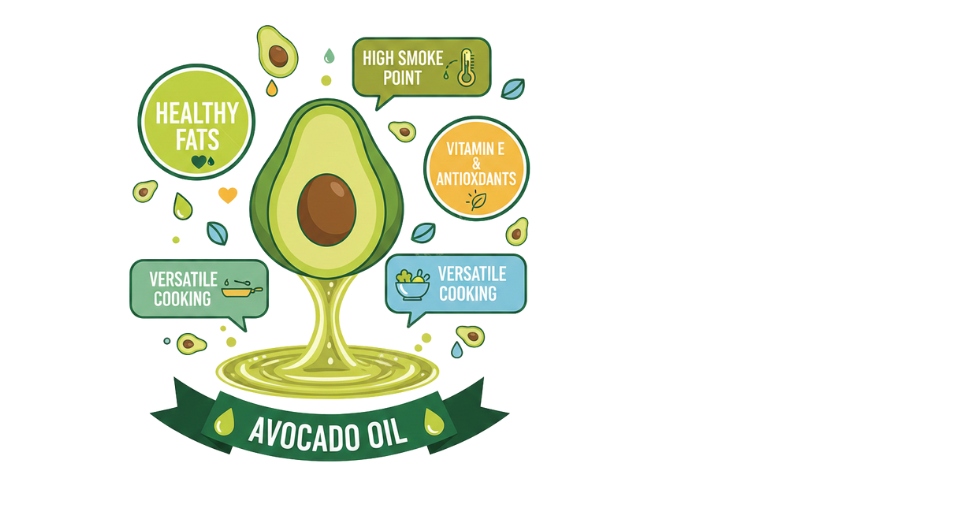
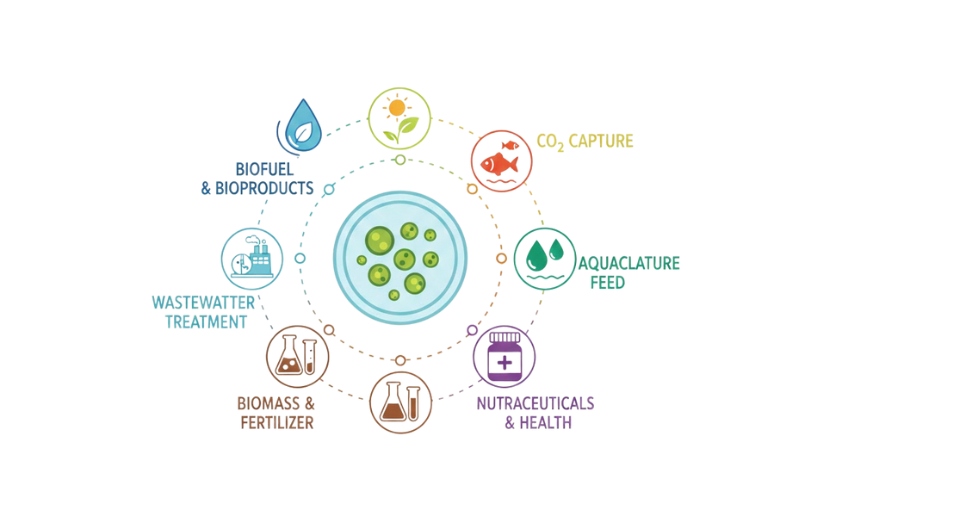
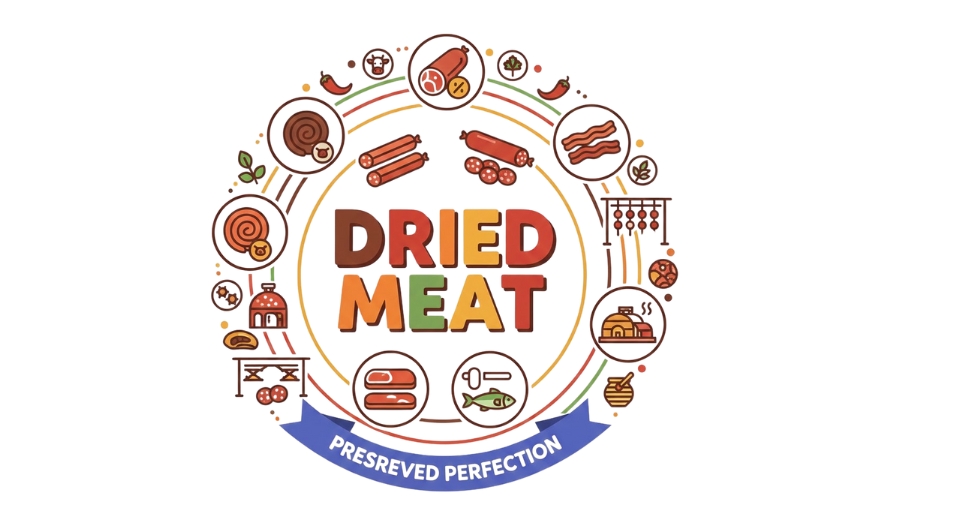

 US: +1 3023308252
US: +1 3023308252






